Opinion & Analysis
PGA Tour Equipment Changes: A behind-the-scenes account
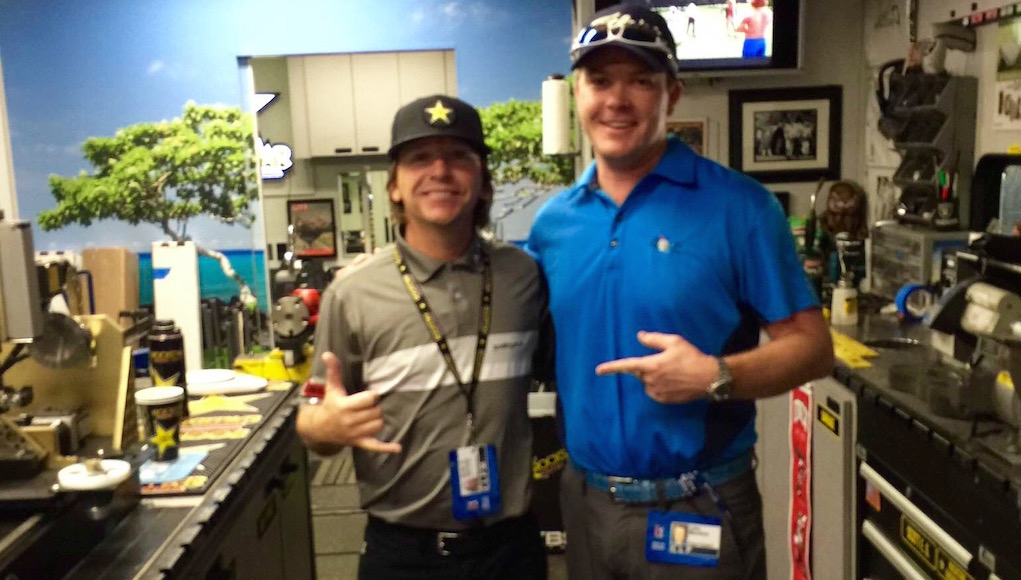
This past week I was back out on the PGA Tour working with a couple players to optimize their equipment performance. As GolfWRX readers know, Tour players are very particular with their equipment, and they want to squeeze every last bit of performance out of their clubs. I wanted to share my experience from last week with GolfWRXers, as I know these kinds of first-person accounts are of great interest to the community.
At the tournament, I was working with a player who I had not seen in a couple months. I have to apologize that I cannot name him. I have to maintain a certain level of client confidentiality about my players, but I can tell you he is a five-time winner.
The first thing I wanted to do, after a careful study of his statistics, was compare the distances he was hitting his short irons. His statistics showed me a weakness from 140-160 yards, so I thought we should first see if it was an equipment-related problem.
I validated his on-course data by testing the carry distances with Trackman, and there was definitely a small gap between his 9 iron and 8 iron. I headed off to the Rockstar Energy truck to see my friend Scott E G (that’s me and him together on the cover image). After going through the lofts, sure enough the 9 iron had slid back 1 degree weaker than where we wanted it.
The next order of business was to address the player’s hybrid. Prior to the season, we did significant testing to optimize the static weight of the driver shaft. Back in October, we increased club head speed by 5 mph by switching him from a 53-gram shaft to a 78-gram shaft. I know that sounds weird, but bear with me. My next article is going to be exclusively on shaft weight, and I will do a deep dive on this topic in the coming weeks.
We also nailed the standard 10-gram weight progression in his 3 and 5 woods. Last year, this player’s hybrid was his favorite, and the heaviest club in his bag. This year it was still good, but the 90-gram shaft was 5 grams lighter than his 5-wood shaft, and more than 30-grams lighter than his iron shafts.
Whenever I am doing testing of drivers, fairway woods, or hybrids, I will use both my Foresight GC2 with HMT and Trackman launch monitors. The HMT unit actually measures impact point, which in my opinion is the most overlooked performance characteristic. In this particular case, impact was dead center with his current gamer.
The current hybrid setup was creating the launch angle we wanted, but the spin rate was so low that the ball was landing too hot to be an effective approach club. The launch and spin number were ones that most club players would probably like, but the resultant shallow landing angle was not going to be easy to control on PGA Tour greens. We got our hands on a couple shafts from Fujikura and Aerotech that were both in the range of 105-110 grams, and the boys over on the Titleist truck had the shafts built up and ready to go in a matter of minutes.
Every last detail, from grip type to tape job to swing weight, is nailed by the tour techs on the van, and it was no different on that day. I can tell you from experience that there is nowhere else in the world where golf clubs have to be built so quickly with such a high level of precision. Shout out to the boys on the TaylorMade truck who were helping with the gear for a couple other players, too.
With the heavier shaft in place, the player instantly started to release the club more naturally and we got the desired increase in spin rate and landing angle we were looking for. It is not uncommon for players to either drag the handle through impact or throw away the lag early in the downswing when the static weight gets too light. Most importantly, center impact was never off now that the player had a more suitable shaft.
What’s the takeaway for the readers out there?
The simple one is that every last component matters: static weight, loft, lie angle, etc. Having perfectly fitted clubs is a recipe, not a menu. You simply can’t pick and choose what elements you want; it’s about how they blend together to create optimum ball flight.
Don’t ever forget, however, that center impact overrides all other priorities. It doesn’t matter how great your launch and spin numbers are if you’re not making center contact. So if you’re consistently making off-center contact, then contact a local club fitter and start to experiment with weight and flex until you find something that works for you.
- LIKE280
- LEGIT42
- WOW25
- LOL1
- IDHT2
- FLOP1
- OB3
- SHANK4
19th Hole
Vincenzi’s 2024 Zurich Classic of New Orleans betting preview

The PGA TOUR heads to New Orleans to play the 2023 Zurich Classic of New Orleans. In a welcome change from the usual stroke play, the Zurich Classic is a team event. On Thursday and Saturday, the teams play best ball, and on Friday and Sunday the teams play alternate shot.
TPC Louisiana is a par 72 that measures 7,425 yards. The course features some short par 4s and plenty of water and bunkers, which makes for a lot of exciting risk/reward scenarios for competitors. Pete Dye designed the course in 2004 specifically for the Zurich Classic, although the event didn’t make its debut until 2007 because of Hurricane Katrina.
Coming off of the Masters and a signature event in consecutive weeks, the field this week is a step down, and understandably so. Many of the world’s top players will be using this time to rest after a busy stretch.
However, there are some interesting teams this season with some stars making surprise appearances in the team event. Some notable teams include Patrick Cantlay and Xander Schauffele, Rory McIlroy and Shane Lowry, Collin Morikawa and Kurt Kitayama, Will Zalatoris and Sahith Theegala as well as a few Canadian teams, Nick Taylor and Adam Hadwin and Taylor Pendrith and Corey Conners.
Past Winners at TPC Louisiana
- 2023: Riley/Hardy (-30)
- 2022: Cantlay/Schauffele (-29)
- 2021: Leishman/Smith (-20)
- 2019: Palmer/Rahm (-26)
- 2018: Horschel/Piercy (-22)
- 2017: Blixt/Smith (-27)
2024 Zurich Classic of New Orleans Picks
Tom Hoge/Maverick McNealy +2500 (DraftKings)
Tom Hoge is coming off of a solid T18 finish at the RBC Heritage and finished T13 at last year’s Zurich Classic alongside Harris English.
This season, Hoge is having one of his best years on Tour in terms of Strokes Gained: Approach. In his last 24 rounds, the only player to top him on the category is Scottie Scheffler. Hoge has been solid on Pete Dye designs, ranking 28th in the field over his past 36 rounds.
McNealy is also having a solid season. He’s finished T6 at the Waste Management Phoenix Open and T9 at the PLAYERS Championship. He recently started working with world renowned swing coach, Butch Harmon, and its seemingly paid dividends in 2024.
Keith Mitchell/Joel Dahmen +4000 (DraftKings)
Keith Mitchell is having a fantastic season, finishing in the top-20 of five of his past seven starts on Tour. Most recently, Mitchell finished T14 at the Valero Texas Open and gained a whopping 6.0 strokes off the tee. He finished 6th at last year’s Zurich Classic.
Joel Dahmen is having a resurgent year and has been dialed in with his irons. He also has a T11 finish at the PLAYERS Championship at TPC Sawgrass which is another Pete Dye track. With Mitchell’s length and Dahmen’s ability to put it close with his short irons, the Mitchell/Dahmen combination will be dangerous this week.
Taylor Moore/Matt NeSmith +6500 (DraftKings)
Taylor Moore has quickly developed into one of the more consistent players on Tour. He’s finished in the top-20 in three of his past four starts, including a very impressive showing at The Masters, finishing T20. He’s also finished T4 at this event in consecutive seasons alongside Matt NeSmith.
NeSmith isn’t having a great 2024, but has seemed to elevate his game in this format. He finished T26 at Pete Dye’s TPC Sawgrass, which gives the 30-year-old something to build off of. NeSmith is also a great putter on Bermudagrass, which could help elevate Moore’s ball striking prowess.
- LIKE8
- LEGIT3
- WOW1
- LOL1
- IDHT0
- FLOP3
- OB1
- SHANK2
19th Hole
Vincenzi’s 2024 LIV Adelaide betting preview: Cam Smith ready for big week down under

After having four of the top twelve players on the leaderboard at The Masters, LIV Golf is set for their fifth event of the season: LIV Adelaide.
For both LIV fans and golf fans in Australia, LIV Adelaide is one of the most anticipated events of the year. With 35,000 people expected to attend each day of the tournament, the Grange Golf Club will be crawling with fans who are passionate about the sport of golf. The 12th hole, better known as “the watering hole”, is sure to have the rowdiest of the fans cheering after a long day of drinking some Leishman Lager.
The Grange Golf Club is a par-72 that measures 6,946 yards. The course features minimal resistance, as golfers went extremely low last season. In 2023, Talor Gooch shot consecutive rounds of 62 on Thursday and Friday, giving himself a gigantic cushion heading into championship Sunday. Things got tight for a while, but in the end, the Oklahoma State product was able to hold off The Crushers’ Anirban Lahiri for a three-shot victory.
The Four Aces won the team competition with the Range Goats finishing second.
*All Images Courtesy of LIV Golf*
Past Winners at LIV Adelaide
- 2023: Talor Gooch (-19)
Stat Leaders Through LIV Miami
Green in Regulation
- Richard Bland
- Jon Rahm
- Paul Casey
Fairways Hit
- Abraham Ancer
- Graeme McDowell
- Henrik Stenson
Driving Distance
- Bryson DeChambeau
- Joaquin Niemann
- Dean Burmester
Putting
- Cameron Smith
- Louis Oosthuizen
- Matt Jones
2024 LIV Adelaide Picks
Cameron Smith +1400 (DraftKings)
When I pulled up the odds for LIV Adelaide, I was more than a little surprised to see multiple golfers listed ahead of Cameron Smith on the betting board. A few starts ago, Cam finished runner-up at LIV Hong Kong, which is a golf course that absolutely suits his eye. Augusta National in another course that Smith could roll out of bed and finish in the top-ten at, and he did so two weeks ago at The Masters, finishing T6.
At Augusta, he gained strokes on the field on approach, off the tee (slightly), and of course, around the green and putting. Smith able to get in the mix at a major championship despite coming into the week feeling under the weather tells me that his game is once again rounding into form.
The Grange Golf Club is another course that undoubtedly suits the Australian. Smith is obviously incredibly comfortable playing in front of the Aussie faithful and has won three Australian PGA Championship’s. The course is very short and will allow Smith to play conservative off the tee, mitigating his most glaring weakness. With birdies available all over the golf course, there’s a chance the event turns into a putting contest, and there’s no one on the planet I’d rather have in one of those than Cam Smith.

Louis Oosthuizen +2200 (DraftKings)
Louis Oosthuizen has simply been one of the best players on LIV in the 2024 seas0n. The South African has finished in the top-10 on the LIV leaderboard in three of his five starts, with his best coming in Jeddah, where he finished T2. Perhaps more impressively, Oosthuizen finished T7 at LIV Miami, which took place at Doral’s “Blue Monster”, an absolutely massive golf course. Given that Louis is on the shorter side in terms of distance off the tee, his ability to play well in Miami shows how dialed he is with the irons this season.
In addition to the LIV finishes, Oosthuizen won back-to-back starts on the DP World Tour in December at the Alfred Dunhill Championship and the Mauritus Open. He also finished runner-up at the end of February in the International Series Oman. The 41-year-old has been one of the most consistent performers of 2024, regardless of tour.
For the season, Louis ranks 4th on LIV in birdies made, T9 in fairways hit and first in putting. He ranks 32nd in driving distance, but that won’t be an issue at this short course. Last season, he finished T11 at the event, but was in decent position going into the final round but fell back after shooting 70 while the rest of the field went low. This season, Oosthuizen comes into the event in peak form, and the course should be a perfect fit for his smooth swing and hot putter this week.

- LIKE12
- LEGIT3
- WOW1
- LOL1
- IDHT0
- FLOP1
- OB1
- SHANK1
Opinion & Analysis
The Wedge Guy: What really makes a wedge work? Part 1

Of all the clubs in our bags, wedges are almost always the simplest in construction and, therefore, the easiest to analyze what might make one work differently from another if you know what to look for.
Wedges are a lot less mysterious than drivers, of course, as the major brands are working with a lot of “pixie dust” inside these modern marvels. That’s carrying over more to irons now, with so many new models featuring internal multi-material technologies, and almost all of them having a “badge” or insert in the back to allow more complex graphics while hiding the actual distribution of mass.
But when it comes to wedges, most on the market today are still single pieces of molded steel, either cast or forged into that shape. So, if you look closely at where the mass is distributed, it’s pretty clear how that wedge is going to perform.
To start, because of their wider soles, the majority of the mass of almost any wedge is along the bottom third of the clubhead. So, the best wedge shots are always those hit between the 2nd and 5th grooves so that more mass is directly behind that impact. Elite tour professionals practice incessantly to learn to do that consistently, wearing out a spot about the size of a penny right there. If impact moves higher than that, the face is dramatically thinner, so smash factor is compromised significantly, which reduces the overall distance the ball will fly.
Every one of us, tour players included, knows that maddening shot that we feel a bit high on the face and it doesn’t go anywhere, it’s not your fault.
If your wedges show a wear pattern the size of a silver dollar, and centered above the 3rd or 4th groove, you are not getting anywhere near the same performance from shot to shot. Robot testing proves impact even two to three grooves higher in the face can cause distance loss of up to 35 to 55 feet with modern ‘tour design’ wedges.
In addition, as impact moves above the center of mass, the golf club principle of gear effect causes the ball to fly higher with less spin. Think of modern drivers for a minute. The “holy grail” of driving is high launch and low spin, and the driver engineers are pulling out all stops to get the mass as low in the clubhead as possible to optimize this combination.
Where is all the mass in your wedges? Low. So, disregarding the higher lofts, wedges “want” to launch the ball high with low spin – exactly the opposite of what good wedge play requires penetrating ball flight with high spin.
While almost all major brand wedges have begun putting a tiny bit more thickness in the top portion of the clubhead, conventional and modern ‘tour design’ wedges perform pretty much like they always have. Elite players learn to hit those crisp, spinny penetrating wedge shots by spending lots of practice time learning to consistently make contact low in the face.
So, what about grooves and face texture?
Grooves on any club can only do so much, and no one has any material advantage here. The USGA tightly defines what we manufacturers can do with grooves and face texture, and modern manufacturing techniques allow all of us to push those limits ever closer. And we all do. End of story.
Then there’s the topic of bounce and grinds, the most complex and confusing part of the wedge formula. Many top brands offer a complex array of sole configurations, all of them admittedly specialized to a particular kind of lie or turf conditions, and/or a particular divot pattern.
But if you don’t play the same turf all the time, and make the same size divot on every swing, how would you ever figure this out?
The only way is to take any wedge you are considering and play it a few rounds, hitting all the shots you face and observing the results. There’s simply no other way.
So, hopefully this will inspire a lively conversation in our comments section, and I’ll chime in to answer any questions you might have.
And next week, I’ll dive into the rest of the wedge formula. Yes, shafts, grips and specifications are essential, too.
- LIKE34
- LEGIT7
- WOW1
- LOL1
- IDHT2
- FLOP3
- OB1
- SHANK3
-

 19th Hole2 weeks ago
19th Hole2 weeks agoDave Portnoy places monstrous outright bet for the 2024 Masters
-

 19th Hole3 days ago
19th Hole3 days agoJustin Thomas on the equipment choice of Scottie Scheffler that he thinks is ‘weird’
-

 19th Hole2 weeks ago
19th Hole2 weeks agoTiger Woods arrives at 2024 Masters equipped with a putter that may surprise you
-

 19th Hole3 days ago
19th Hole3 days ago‘Absolutely crazy’ – Major champ lays into Patrick Cantlay over his decision on final hole of RBC Heritage
-

 19th Hole2 weeks ago
19th Hole2 weeks agoTwo star names reportedly blanked Jon Rahm all week at the Masters
-

 19th Hole1 week ago
19th Hole1 week agoReport: LIV Golf identifies latest star name they hope to sign to breakaway tour
-

 19th Hole1 week ago
19th Hole1 week agoNeal Shipley presser ends in awkward fashion after reporter claims Tiger handed him note on 8th fairway
-

 19th Hole1 week ago
19th Hole1 week agoBrandel Chamblee has ‘no doubt’ who started the McIlroy/LIV rumor and why

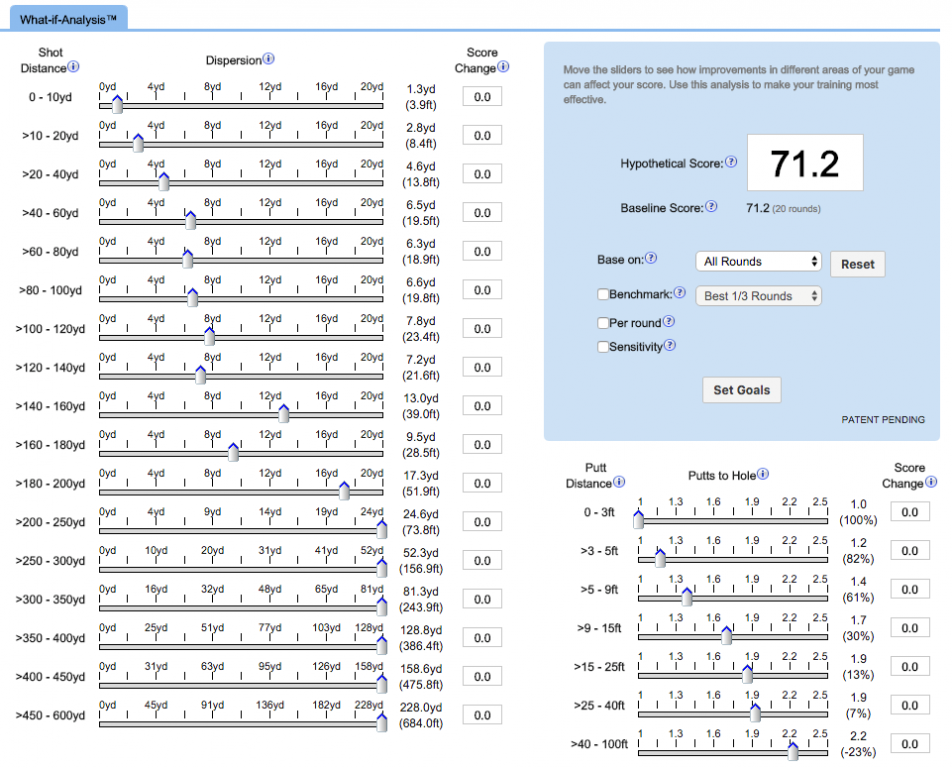

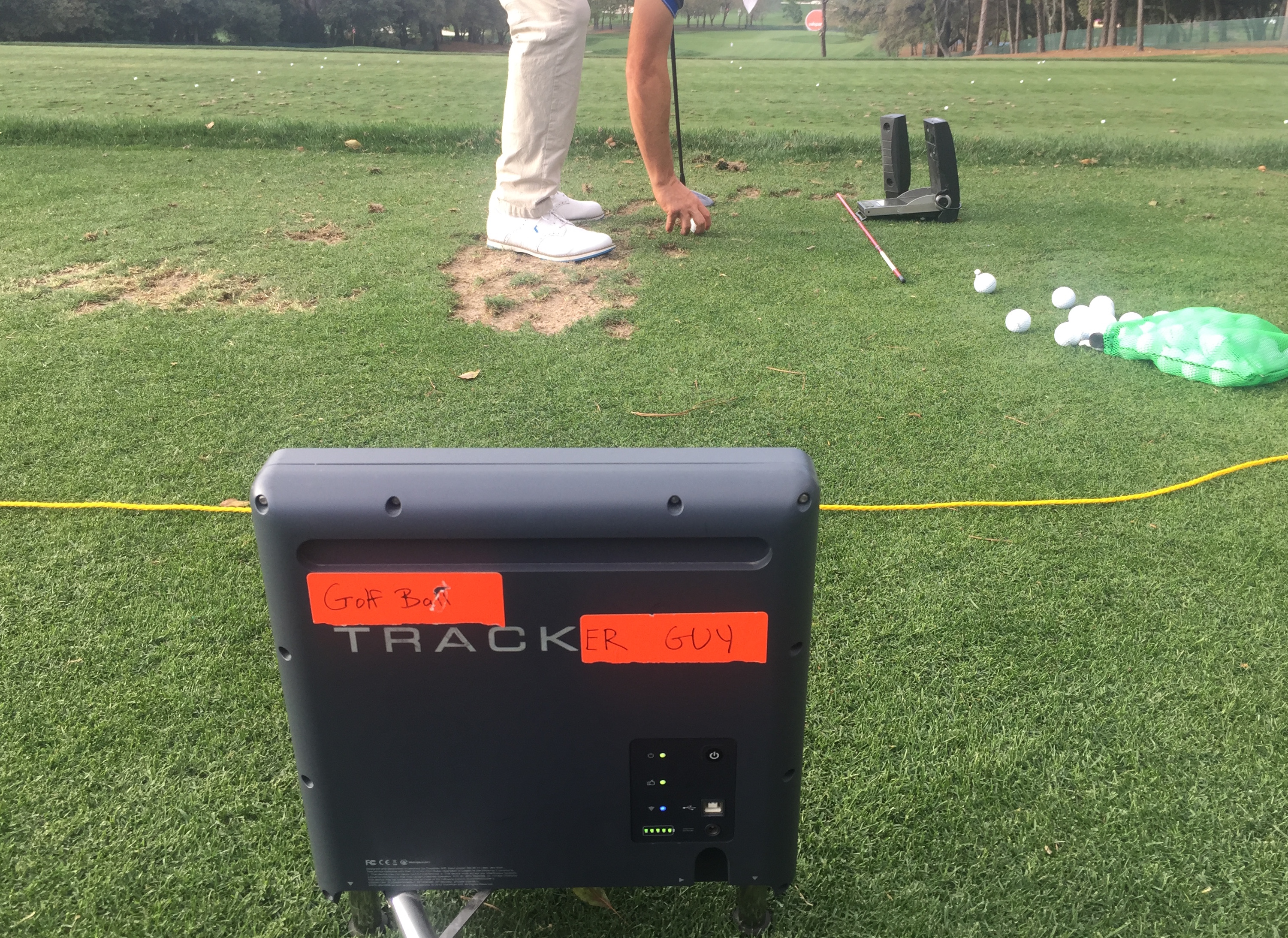
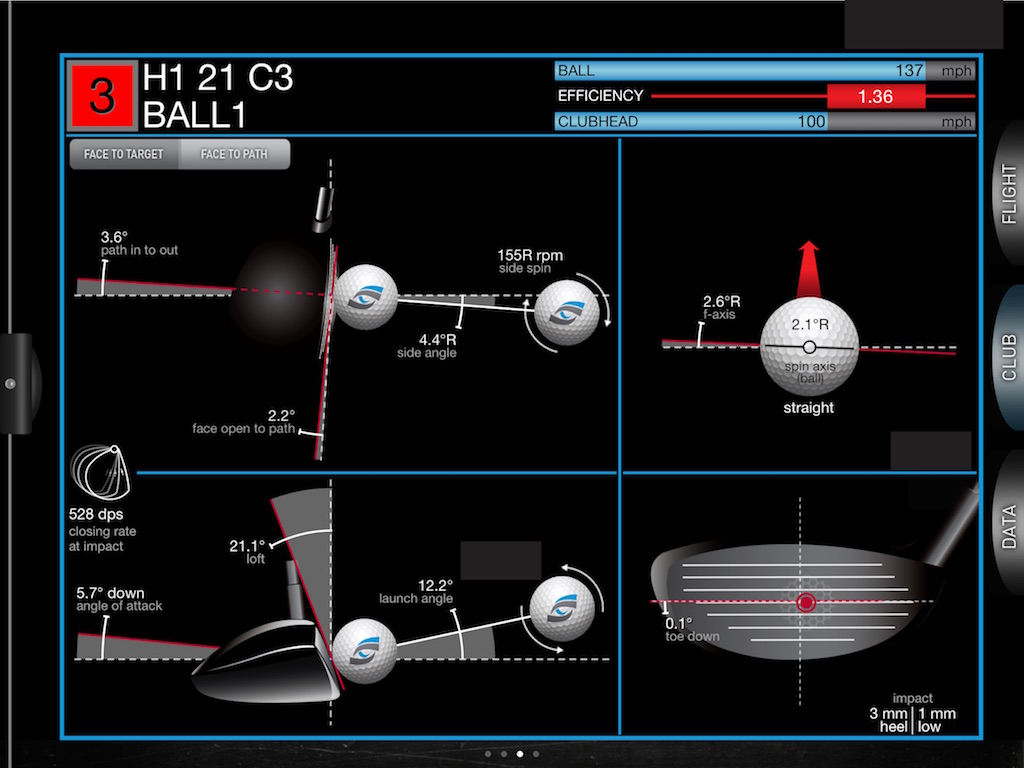
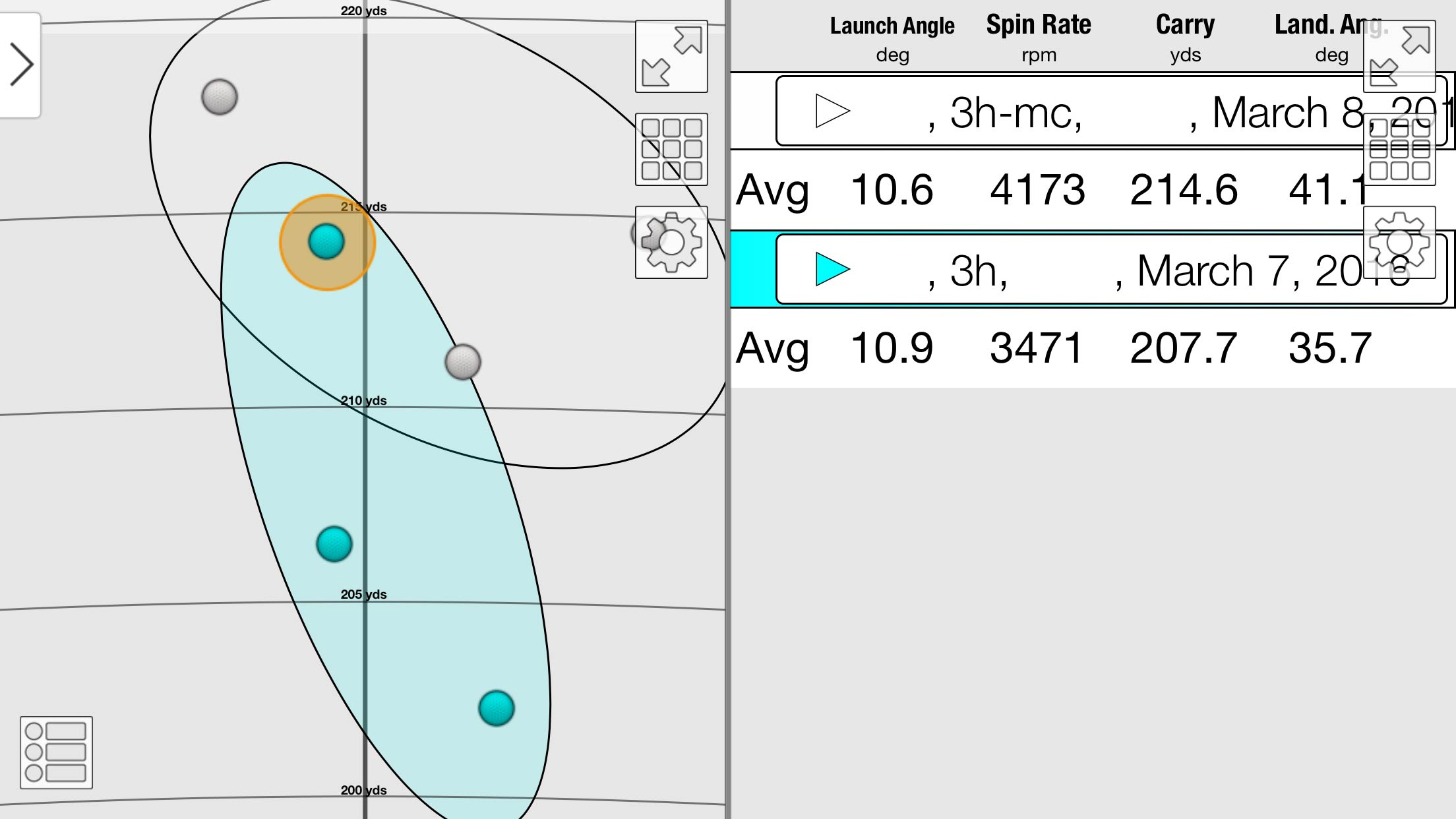















graymulligan
Mar 27, 2016 at 6:35 pm
Great write-up. You’ve captured what a few of the technical writers here can’t seem to do, the ability to translate the minutiae of what’s going on with the tech/specs into an article that doesn’t read like a wall of tedious text. Cool stuff, and interesting to read.
Snowman9000
Mar 26, 2016 at 9:23 am
IMO too many recreational players are playing clubs that are too light for them. Even slow swinging players might do better with heavier shafts. From my own attempts to find shafts, I can say that there is a gap in the market for those 90 MPH players who need heavier graphite shafts in woods and irons. I would love to find a good graphite iron shaft that is 100 grams at cut length and is not a stout shaft. There was a time when a 100 gram shaft was super light! 🙂
Lowell
Mar 25, 2016 at 3:47 pm
Great Article and makes me wish I had a chance to really dial in my equipment. One take away I got from the article is this and one that proves that lessons probably will payoff tenfold over new equipment any day. “Don’t ever forget, however, that center impact overrides all other priorities. It doesn’t matter how great your launch and spin numbers are if you’re not making center contact.” So true yet often never achieved consistently enough to worry about what clubs you play. I believe the more consistent a player gets with hitting the center of any of their clubs, the next obvious step in player progression is getting better equipment that suits them.
kn
Mar 25, 2016 at 2:59 pm
I enjoyed reading this article, as it appeals to my wanna-be tech nerd/geek side. All these variables are what keep my attention in the game. Knowing that they exist should make the average golfer realize how important it is to get clubs professionally fit for them (if they are seeking consistent game improvement).
Mike Desy
Mar 25, 2016 at 1:49 pm
My New address e-mail.
TheFightingEdFioris
Mar 24, 2016 at 11:45 pm
Very interesting stuff.. i know it seems cynical and is not the point, but the player is definitely Ryan Moore. I am definitely looking forward to the Shaft Weight article.
Andy
Mar 24, 2016 at 4:28 pm
I think the player is Ben Crane. He has 5 wins on tour, and I think he played a 53 gram shaft in his driver and 90 gram shaft in his hybrid last year. Plus, the photo shows a player wearing True Links shoes, and I believe that Ben wears those.
Scotty P
Mar 24, 2016 at 3:32 pm
How does one become a trackman Master? Thanks!
Liam Mucklow
Mar 24, 2016 at 4:21 pm
You have to become Level 2 certified and then complete and approved research study.
Leon
Mar 24, 2016 at 2:55 pm
Great article. Look forward to the incoming series.
mlecuni
Mar 24, 2016 at 2:47 pm
Great article, please post the next one quickly
: )
Chuck
Mar 24, 2016 at 12:22 pm
Great article. Well written. Smart. Interesting.
One question: If the player’s 9-iron had slid to an extra degree weak, wouldn’t that create a larger and not smaller gap between 8 and 9?
Second question: Do you see irons that are used often in practice on the range generally slipping to weaker lofts, or stronger? I have a Mitchell machine of my own, and I very often see oft-used practice clubs slipping to weaker lofts, and I never understood it. You’d think that banging them with repeated practice would strengthen the lofts.
Third question: Do you trust Trackman on a consistent basis to give you accurate carry distances? Because you and I both know just how exacting (to. the. yard. !) tour players are about carry distances with short irons. Do you ever have to resort to real-life observations with a target and a laser. (I sort of expect you’ll tell me that the players spend hours on that, on their own, without you.)
Thanks much. Looking forward to a lot more of your writing!
Liam Mucklow
Mar 24, 2016 at 1:20 pm
Great questions.
1. The gap did get larger, hence the poor performance from 140-160.
2. I have seen irons move all over the place for different players. Sometime weak, sometimes strong. The same goes with flat and upright. I believe it has to do with the delivery pattern.
3. I have done laser testing to make sure trackman’s carry distances are accurate. They are excellent, you just have to remember that it measures “Carry Flat”, so if it’s downhill it will chart Carry as where the ball is when it falls to the same elevation as the radar.
Joshuaplaysgolf
Mar 24, 2016 at 12:06 pm
LOVE this article. As a true equipment nerd and tinkerer I can fully appreciate playing with weighting, flex, and lofts to get things just right.
Double Mocha Man
Mar 24, 2016 at 12:03 pm
Looking forward to your shaft weight article. When is the tour van coming to my local muni? 🙂
Joshuaplaysgolf
Mar 24, 2016 at 12:40 pm
Lol. Right?? I thought the same thing…we’d probably wear those dudes out considering the difficulty in finding a quality fitter for us ams. Also super excited for the shaft weight article. I’ve got an Oban Kyoshi white 75 gm hanging on my wall that I’m considering reshafting to fit my M1, not sure I love the 65 gm AD-MT currently in it.
Liam Mucklow
Mar 24, 2016 at 1:21 pm
Just come up to Toronto! The Candian dollar is weak 🙂
RAT
Mar 24, 2016 at 9:54 am
Interesting, I purchased a driver that is advertised as “The Right Light” and I felt that it was too light and caused me to hit the ball right side of the fairway. This article makes sense. Interested in more info.